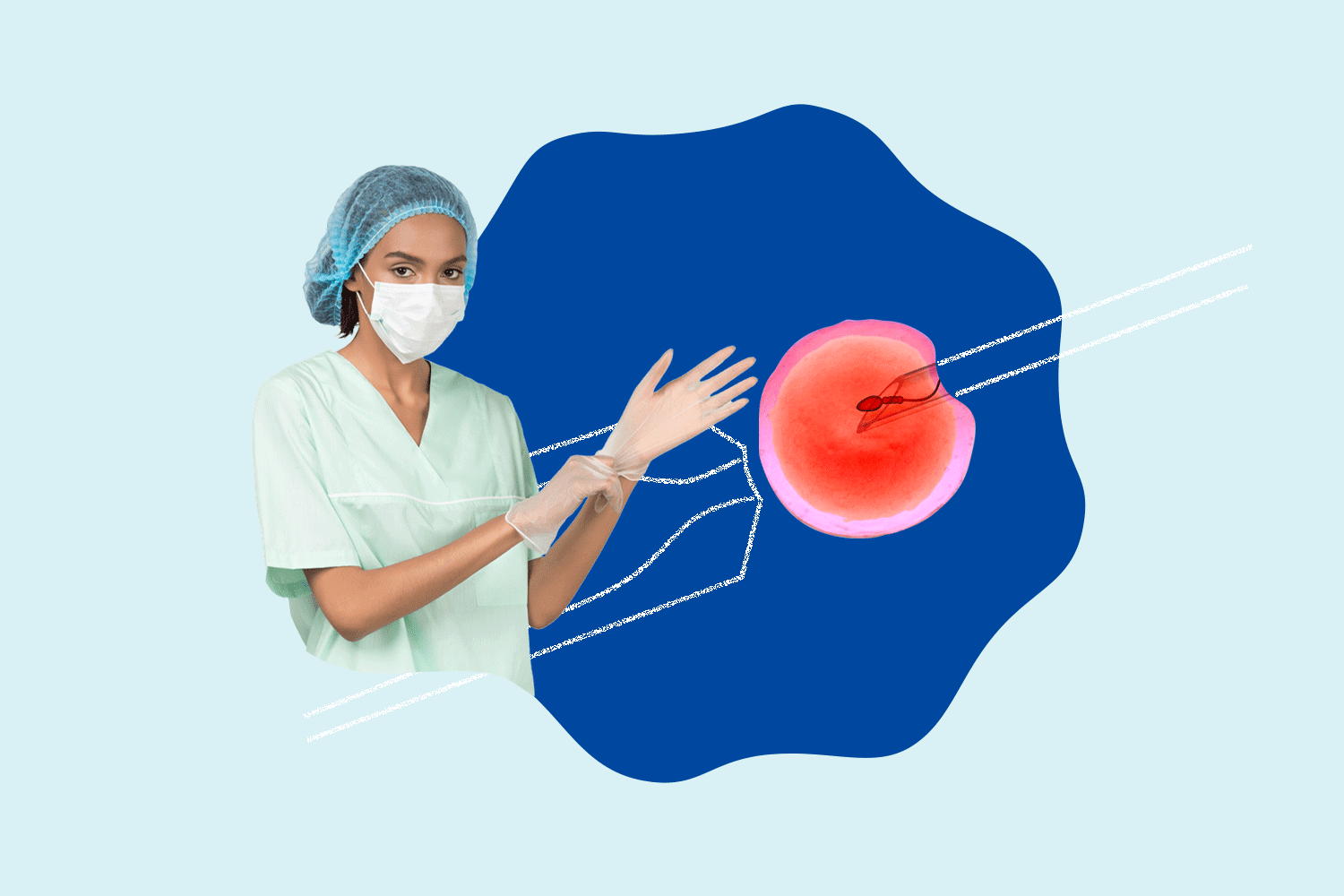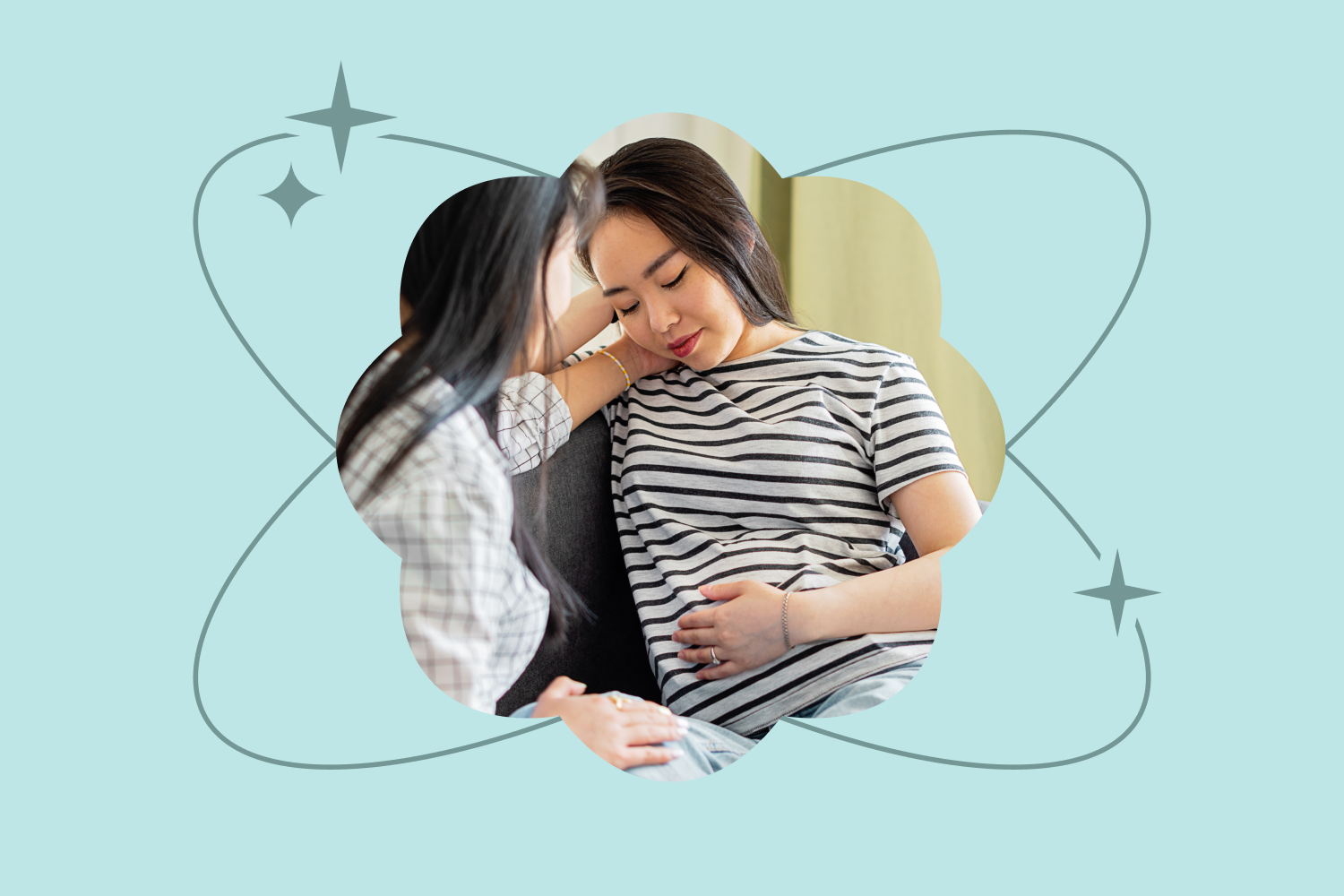What is IVF and IUI – Understanding the Difference
If you are struggling with infertility, you and your treatment team will likely consider both in-vitro fertilization (IVF) and intrauterine insemination (IUI) in order to help you conceive. But what is the difference between IVF and IUI?

This article will help you get back to basics and understand the differences between IVF and IUI. The following information improve your chance of getting pregnant based on your unique fertility situation.
The aim of this article is purely educational. Mira is not designed to monitor any fertility treatment. Please always refer to your healthcare provider.
Intrauterine Insemination (IUI)
Intrauterine insemination, or IUI, is a fertility procedure where concentrated motile sperm are inserted directly into a woman’s uterus. IUI may be performed with or without drugs used to stimulate ovarian reserves, including Clomid, Letrozole and Gonadotropin.
For women under 38 years old, the chances of conceiving through IUI with no drugs are 1 to 5 percent. The chances of conceiving using Clomid or Letrozole are 4 to 9 percent, and the chances of conceiving using Gonadotropin are 8 to 10 percent.
Unfortunately, IUI is not appropriate for all women facing infertility, including those with severely diminished ovarian reserve, two blocked fallopian tubes or a partner with an extreme case of male factor infertility. After three cycles, IUI also begins to lose its effectiveness, at which point IVF may be required to increase your chance of getting pregnant.
IUI takes more time, has a higher chance of multiples per pregnancy and ends in more miscarriages than IVF; however, it is far less expensive and invasive than IVF, and so might be an appropriate first step for qualifying couples embarking on their fertility journey.
In-Vitro Fertilization (IVF)
In-vitro fertilization, or IVF, is a five-step process that consists of the following steps:
- Pre-cycle diagnostic testing
- Stimulation of the ovaries
- Retrieval of the eggs from each ovary
- Fertilization of the eggs in a laboratory
- Transfer of resulting embryos into the uterus
The effectiveness of IVF depends on the causes of infertility as well as the woman’s age. The younger the woman, the higher her odds of conceiving through IVF. However, women who start IVF sooner tend to get pregnant sooner than those who try more cycles of IUI before switching to IVF. Compared with IUI, IVF has lower odds of miscarriage, lower rates of multiples per pregnancy and produces more embryos, as well as embryos that can be frozen.
Still, some women may not want to go through IVF due to its inherently invasive nature. A full cycle of IVF requires more drugs than IUI, requires fertility monitoring and includes a minor surgical procedure (the retrieval of eggs from the ovaries).
Unfortunately, IVF can cost as much as $20,000, which may be cost-prohibitive for many patients. Thankfully, there are grants available through many non-profit organizations that can help alleviate the cost of IVF.
Hopefully, this article helps you to understand the difference between IUI and IVF. Both methods can be used as treatments for infertility, but deciding which is best for you is an inherently personal decision that should be made with your partner, your treatment team and your knowledge of infertility gained from Mira.
Mira’s Editorial Process
All content produced by Mira meets stringent editorial standards, ensuring excellence and accuracy in language and medical precision. Every piece undergoes thorough fact-checking and review by qualified professionals. Check out our full editorial process to learn more.










